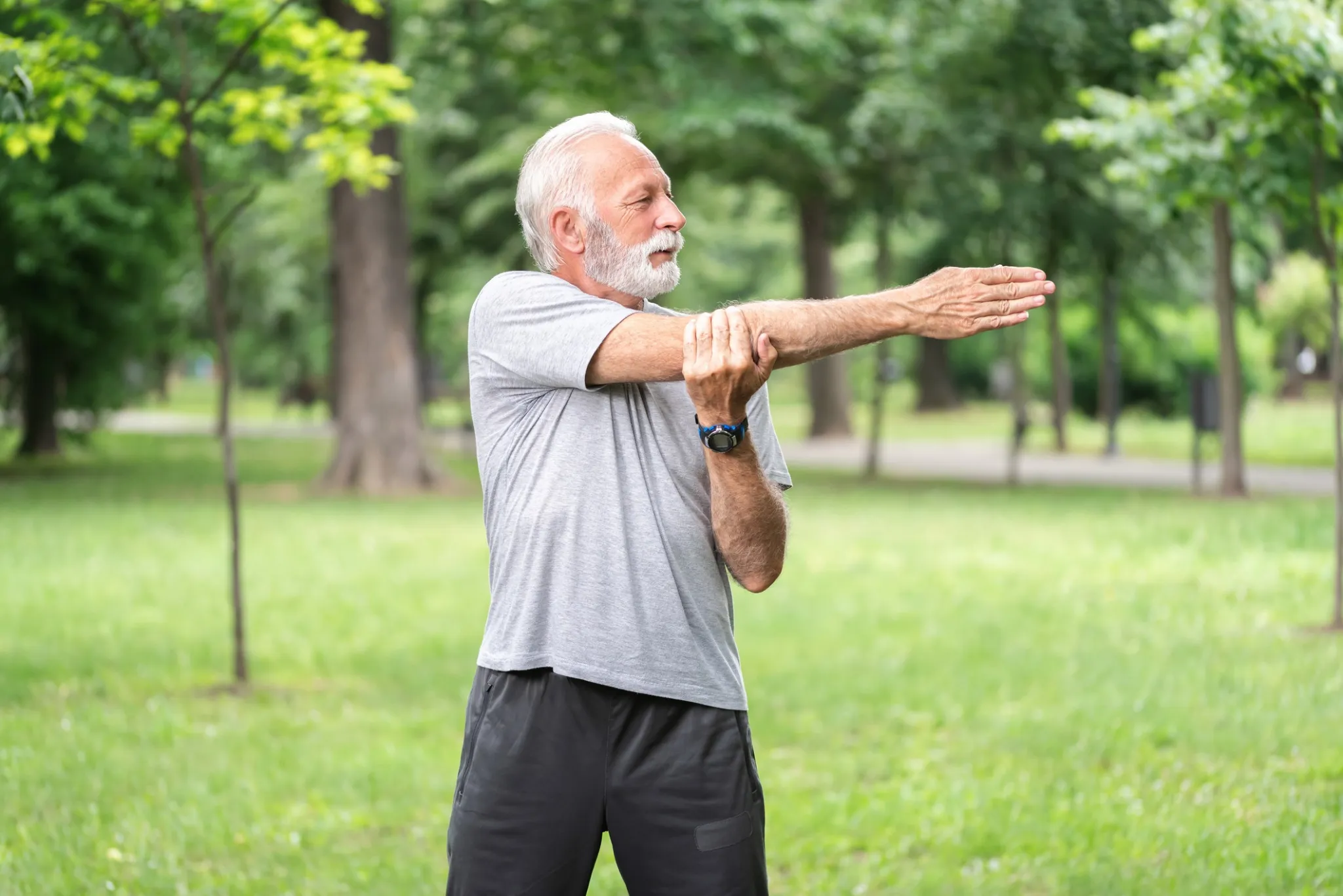Shoulder Injury Prevention When Lifting

Shoulder pain is one of the most common issues for people who lift weights. Whether you’re a beginner or a seasoned athlete, improper technique or overtraining can lead to discomfort and even long-term injuries. If you’ve ever experienced shoulder pain bench press or shoulder discomfort bench press, you’re not alone.
In this guide, we’ll explore how to prevent shoulder injuries during weightlifting, especially when bench pressing, and how specific exercises can strengthen your shoulders for better performance and long-term health.
Why Does My Shoulder Hurt When I Bench Press?
If you’ve asked yourself, why does my shoulder hurt when I bench press? you’re likely dealing with muscle imbalance or improper form. The bench press targets the chest and triceps, but it also heavily involves the shoulders. When performed incorrectly, it can put excessive stress on the shoulder joint.
Common Causes:
- Overly wide grip or elbows flaring out
- Poor shoulder mobility
- Weak rotator cuff muscles
- Too much weight without proper progression
These issues can lead to front shoulder pain bench press, shoulder pain during bench press, or even a shoulder injury after bench press. If your shoulders hurt when benching, it’s important to identify the root cause early before it develops into a serious condition.
Is Bench Press Bad for Shoulders?
The bench press isn’t inherently bad for your shoulders, but poor technique makes it risky. Incorrect grip width, lack of warm-up, or tight chest muscles can cause shoulder pain when benching or even rotator cuff bench press problems.
For some, bench press hurts shoulder due to pre-existing conditions like shoulder impingement or supraspinatus tendonitis. In those cases, modifying the angle or switching to a dumbbell press can reduce stress on the joints.
If you often experience shoulder pain chest press or shoulder pain from incline bench, it’s worth evaluating your form or consulting a physical therapist for guidance.
Types of Shoulder Pain from Bench Press
Different kinds of shoulder discomfort can appear after pressing exercises. Understanding where and how the pain occurs can help identify what’s going on.
Front Shoulder Pain When Benching
Front delt pain when benching usually happens due to anterior deltoid overuse or poor scapular control. Tight pecs and weak rotator cuff muscles make the front of the shoulder take on extra load.
Rear Delt Shoulder Pain After Bench Press
Pain in the back of the shoulder often comes from muscle imbalance. Neglecting rear deltoid and upper back exercises can cause overcompensation, leading to soreness.
Shoulder Joint Pain After Bench Press
When the pain feels deep inside the joint, it might indicate rotator cuff injury or inflammation such as shoulder tendonitis or shoulder bursitis.
Bench Press Left Shoulder Pain
If the pain occurs only on one side, you might be pressing unevenly or favoring one arm during lifts. This imbalance can strain tendons and cause long-term discomfort.
Preventing Shoulder Injuries While Lifting
So, how can shoulder injuries be prevented? It all starts with preparation, awareness, and balance.
Warm Up Properly
Before lifting, perform light shoulder mobility exercises or dynamic stretches. Focus on moving the shoulder joint through its full range of motion to increase blood flow and flexibility.
Focus on Technique
Maintain proper alignment:
- Keep your shoulder blades retracted.
- Avoid flaring elbows too wide.
- Lower the bar to the mid-chest, not the neck.
- Use a moderate grip width.
If your shoulder hurts when benching, try adjusting your hand placement or switching to a neutral-grip dumbbell press.
Strengthen Supporting Muscles
Weak stabilizers often cause shoulder issues bench press. Strengthen your rotator cuff and scapular muscles to keep the shoulder joint stable during pressing movements.
Rotator Cuff Care and Strengthening Exercises
The rotator cuff is a group of muscles and tendons that stabilize your shoulder. A weak or injured rotator cuff often leads to hurt rotator cuff bench press problems or even a torn rotator cuff if neglected.
Physical therapists often recommend targeted exercises such as:
- Rotator cuff exercises
- Rotator cuff stretches
- Rotator cuff tendonitis exercises
- Physical therapy rotator cuff exercises
- Torn rotator cuff exercises
- Rotator cuff injury exercises
These include banded external rotations, wall slides, and isometric holds—all crucial for shoulder health and stability.
Shoulder Impingement and Tendonitis Management
Another frequent cause of shoulder pain while benching or shoulders sore after bench press is impingement or tendonitis. When the tendons are irritated or compressed during movement, they cause inflammation and sharp pain.
Useful exercises for recovery include:
- Shoulder impingement exercises
- Exercises for shoulder impingement syndrome
- Shoulder tendonitis exercises
- Shoulder bursitis exercises
- Shoulder pain after a fall pt exercises
These gentle routines help maintain flexibility, reduce inflammation, and restore function without aggravating the condition.
Stretches and Recovery for Sore Shoulders
After training, stretching is essential to avoid shoulder soreness after bench press or lingering tightness.
Recommended Stretches:
- Doorway chest stretch to release the front delts
- Cross-body shoulder stretch for posterior tension
- Wall angels for mobility
These movements improve circulation and help alleviate sore shoulder when bench pressing symptoms.
If your shoulders hurt after bench press or remain sore for several days, consider lowering the weight or spacing out pressing sessions to allow recovery.
How to Strengthen Your Shoulders to Prevent Injury
Building strong, balanced shoulders protects you from future pain. Try adding these into your training plan:
- Face pulls for rear delts
- External rotation exercises for the rotator cuff
- Overhead carries for stability
- Scapular retraction drills for posture
Incorporating these movements prevents shoulder injury after bench press and improves shoulder endurance under load.
When to Seek Professional Help
If you experience persistent shoulder pain during bench press or feel sharp discomfort during motion, stop lifting and consult a medical professional. Physical therapists can evaluate your mechanics and may provide a personalized rehabilitation plan, including supraspinatus tendonitis exercises or shoulder mobility exercises.
Early treatment helps prevent minor irritation from developing into chronic injury.
Final Thoughts
Experiencing shoulder pain during bench press doesn’t have to mean giving up your favorite exercise. By focusing on form, performing rotator cuff exercises, and including shoulder mobility exercises, you can lift safely and confidently.
Remember: shoulder health is about balance, consistency, and care. Strengthen the muscles that support you, follow proper technique, and use recovery tools like shoulder impingement exercises or rotator cuff stretches when needed.
Lifting is about progress—not pain. Protect your shoulders, train smart, and keep moving forward.


